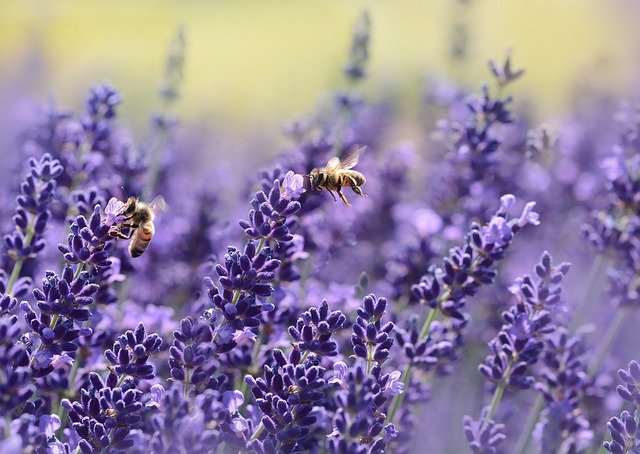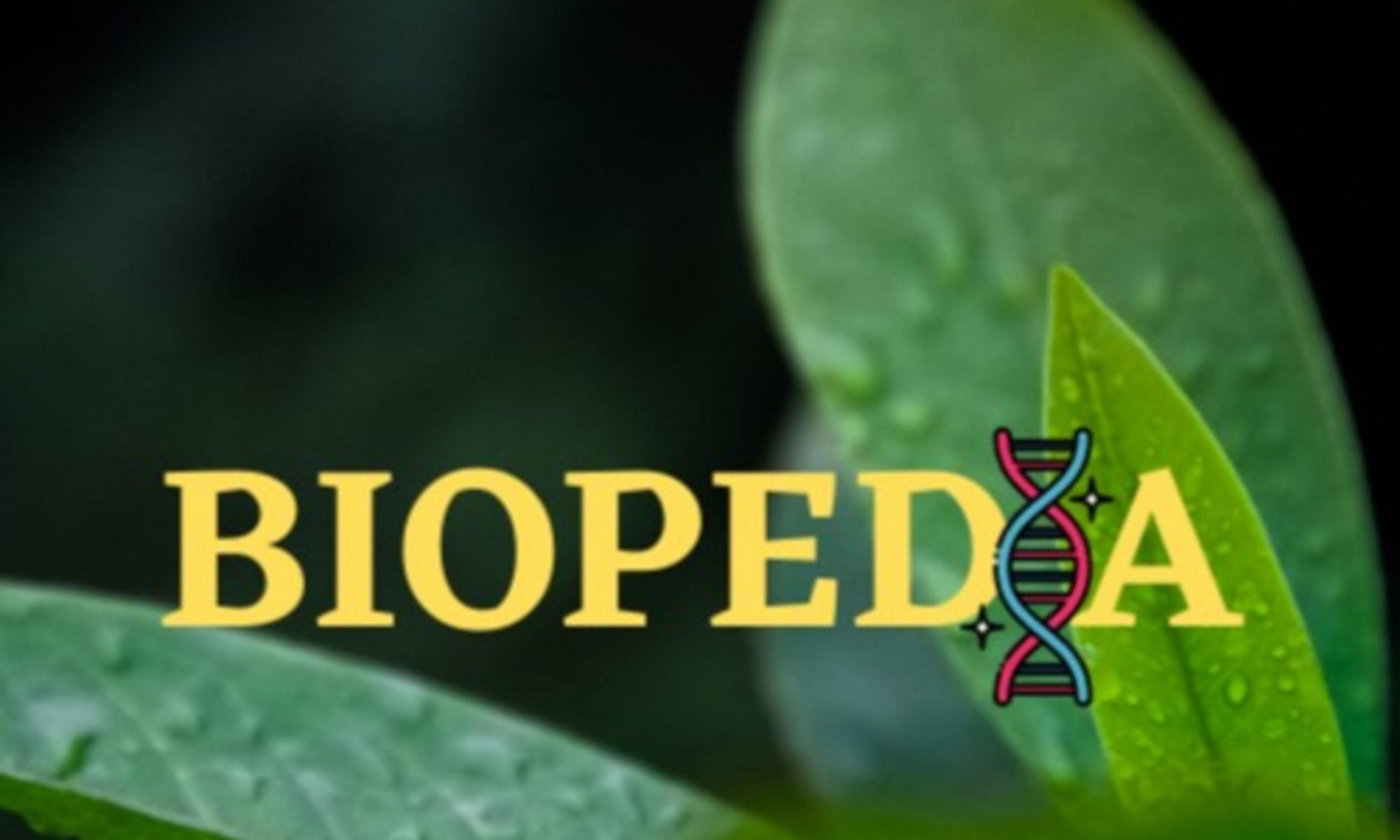
Bee declines are prevalent in the modern news and it is an issue which many people feel strongly about. The worry is that pollination services and thus the economy will suffer if bees are not able to carry out their job- as was highlighted to me as a child in the Bee Movie. However, how real is the threat? In this first part of a series, I’m going to discuss a 2016 paper by Rader et al., which argues that we might be overlooking something crucial- namely, non-bee pollinators.
This review paper synthesised 39 individual studies across five continents. Rader et al. found that, on the whole, non-bee pollinators make a pretty sizeable contribution; non-bees provided about 38% of visits to all crops. In addition, non-bees seemed to be more robust when it came to landscape change. The number of bee visits declined sharply, while this decrease was not as marked for non-bees.
Although non-bee species were found to deposit less pollen per visit and were thereby less efficient, they compensated for this by having a high proportion of visits than bees did, meaning that on the whole this limitation was cancelled out.
However, the study does have its limitations. For example, it specifically focuses on non-bee insects and does not consider other pollinators such as hummingbirds or bats at all.
So, what do these findings mean? The authors emphasise that the reliance of the modern world on one or a few pollinators is an inherently fragile situation. This makes logical sense; if you hypothetically rely on one species, your prospects don’t look great if that species becomes threatened in any way. This warning is likely to become increasingly relevant as the threat of climate change advances.
- Image Credit:
- Image: Pixabay
- User: castleguard
- Featured image: Lavender Bee Summer – Free photo on Pixabay
- Image labelled for reuse
- No changes have been made
